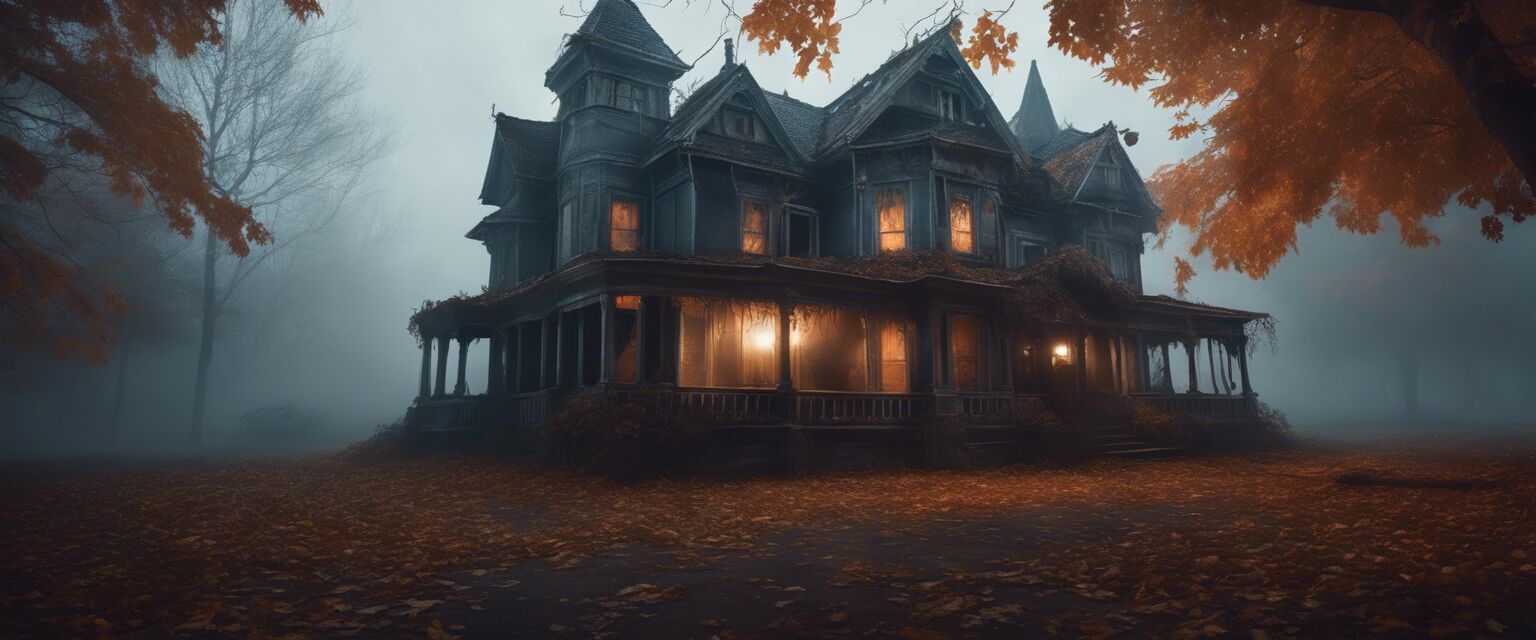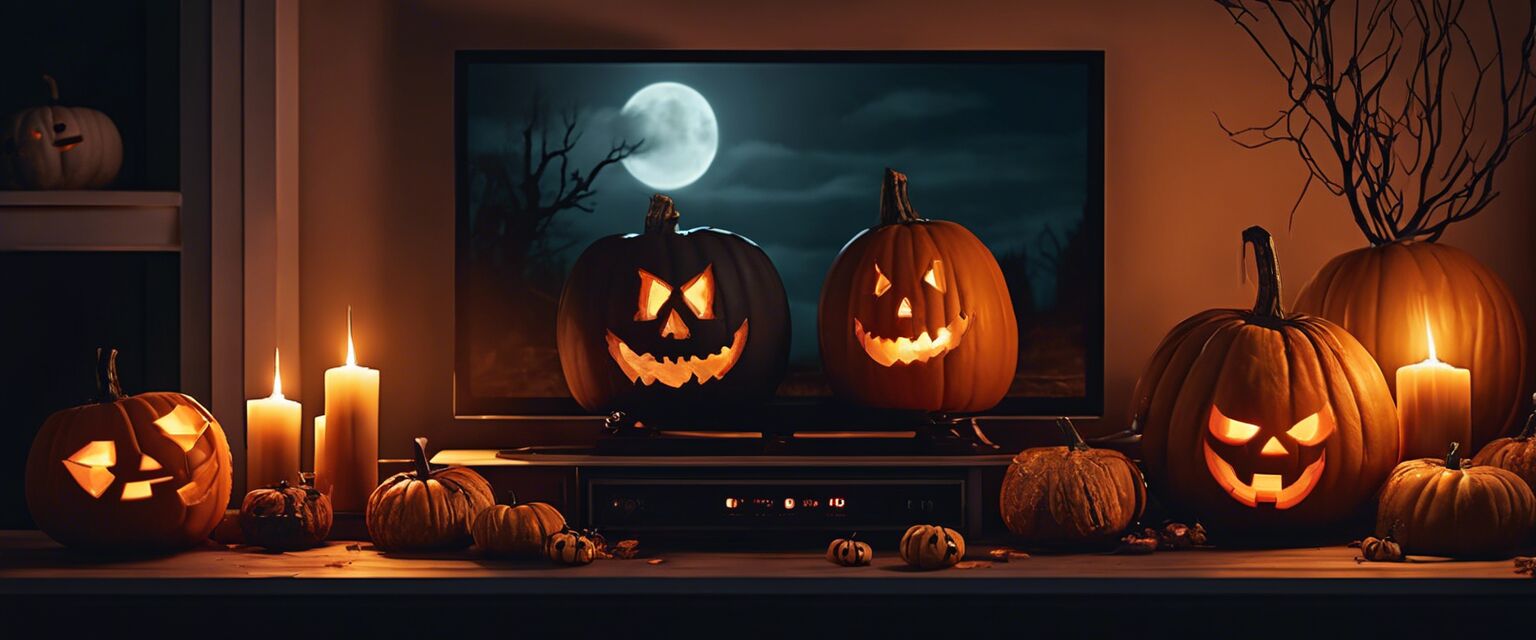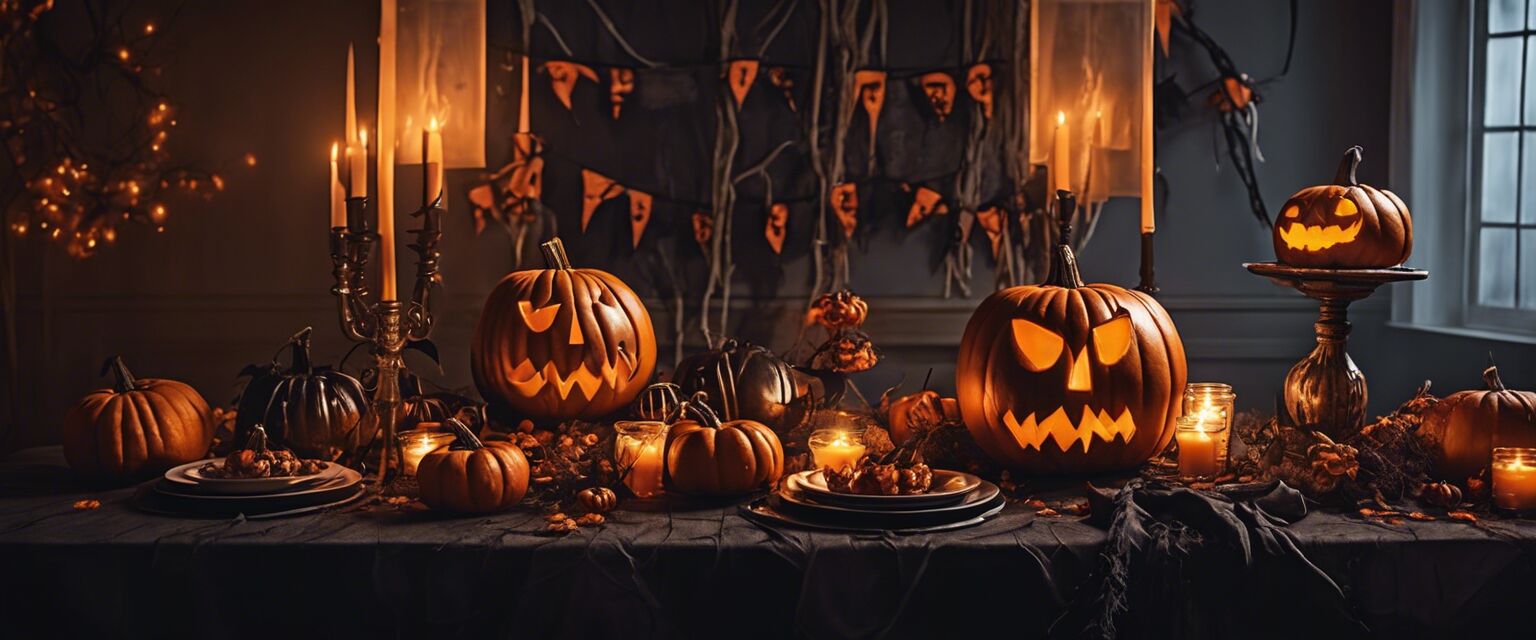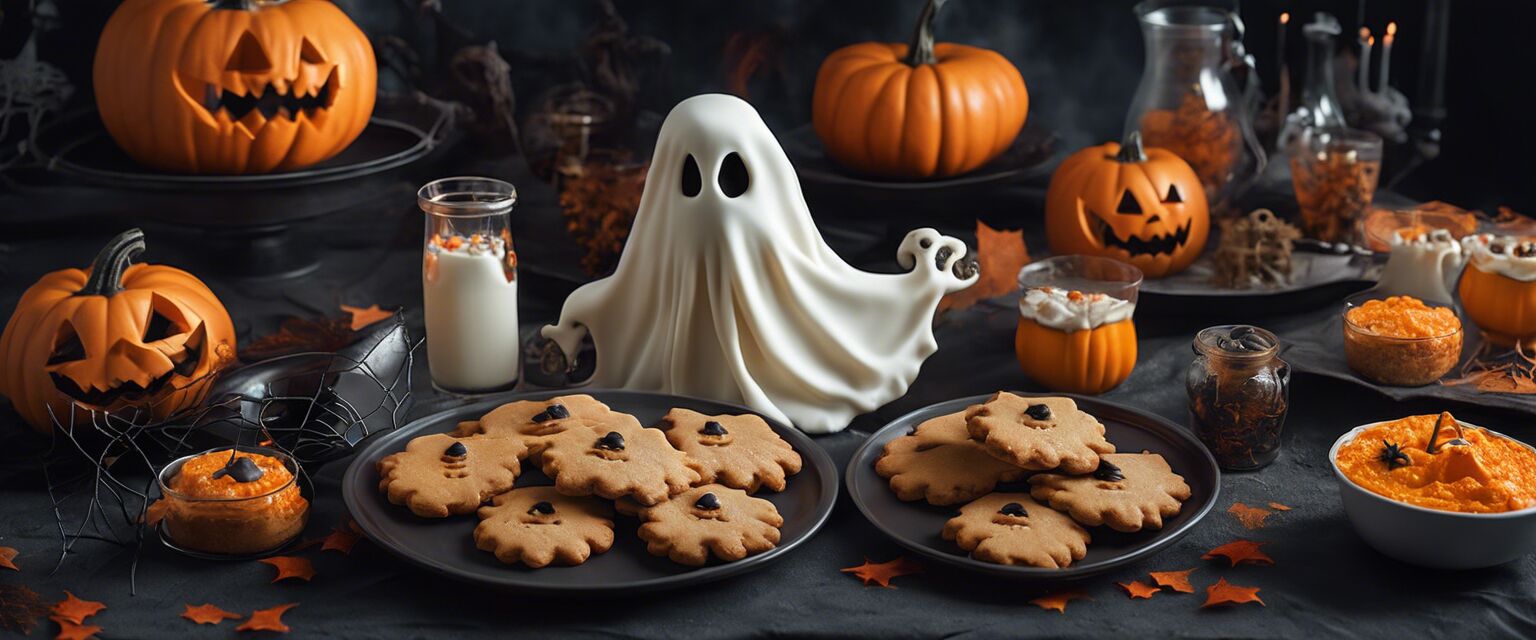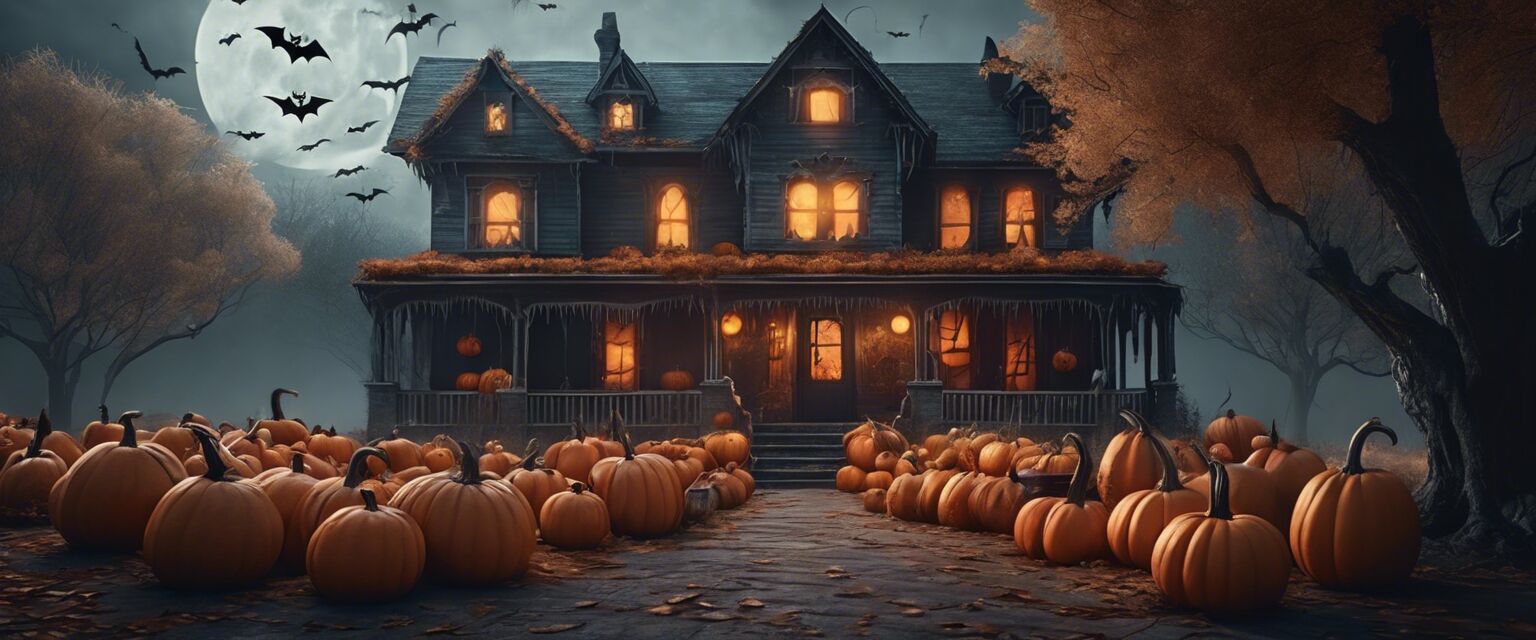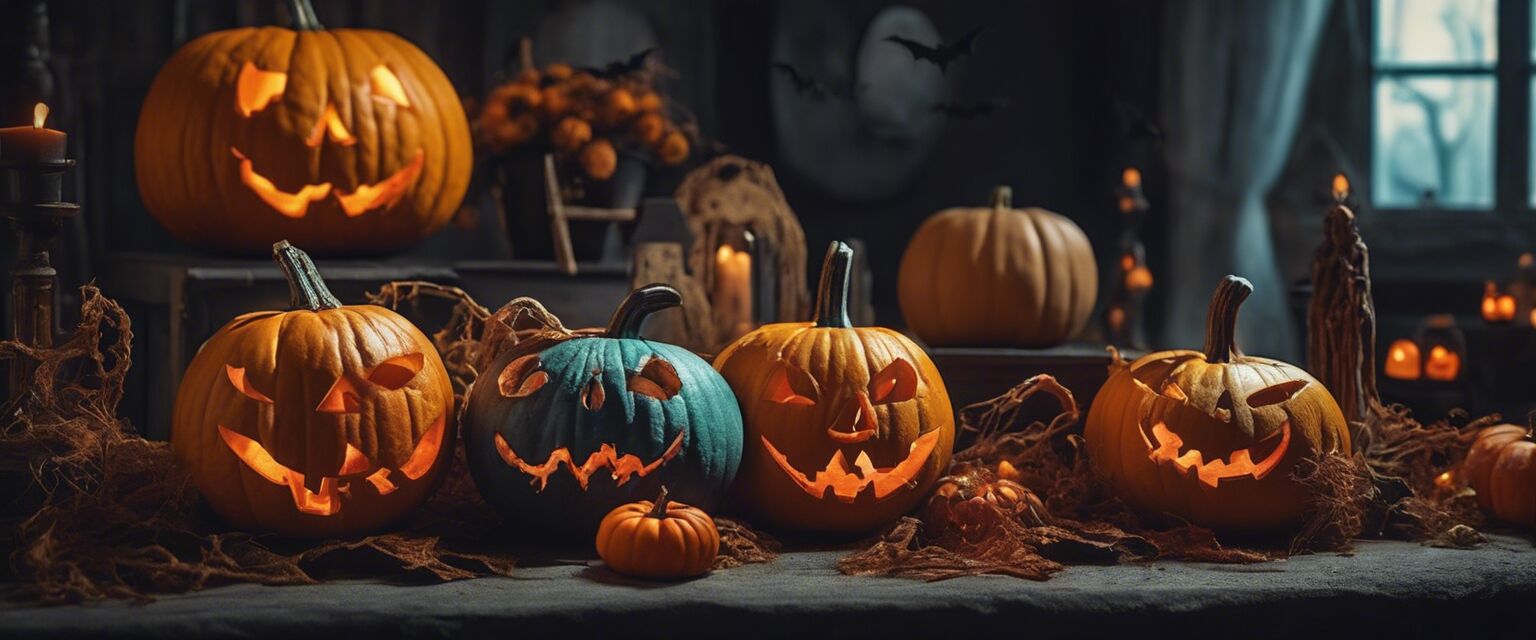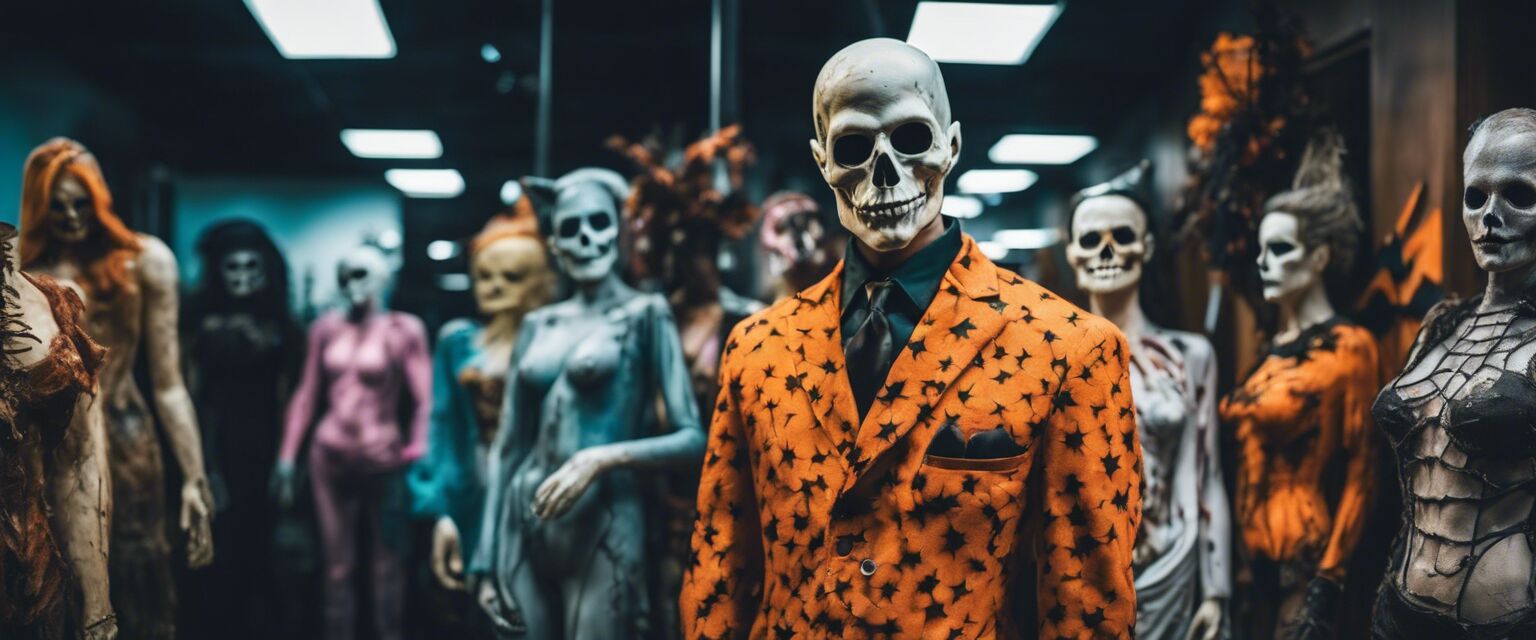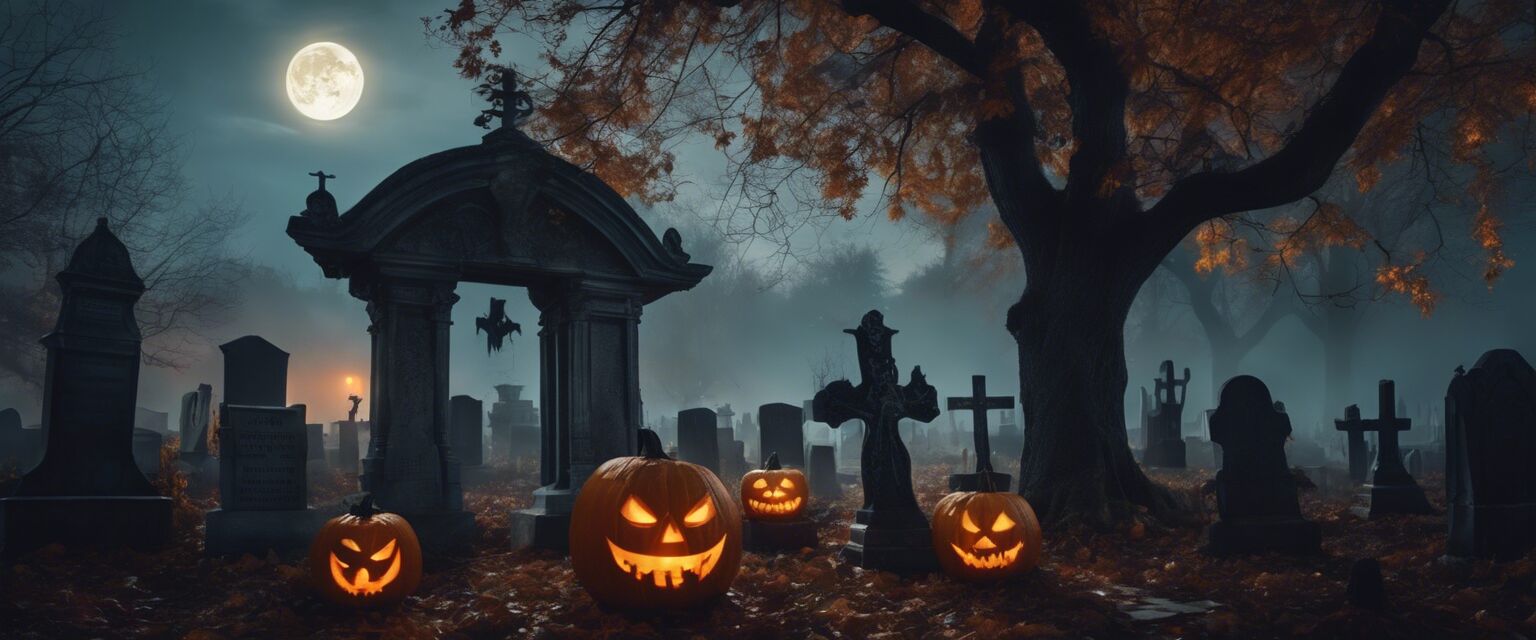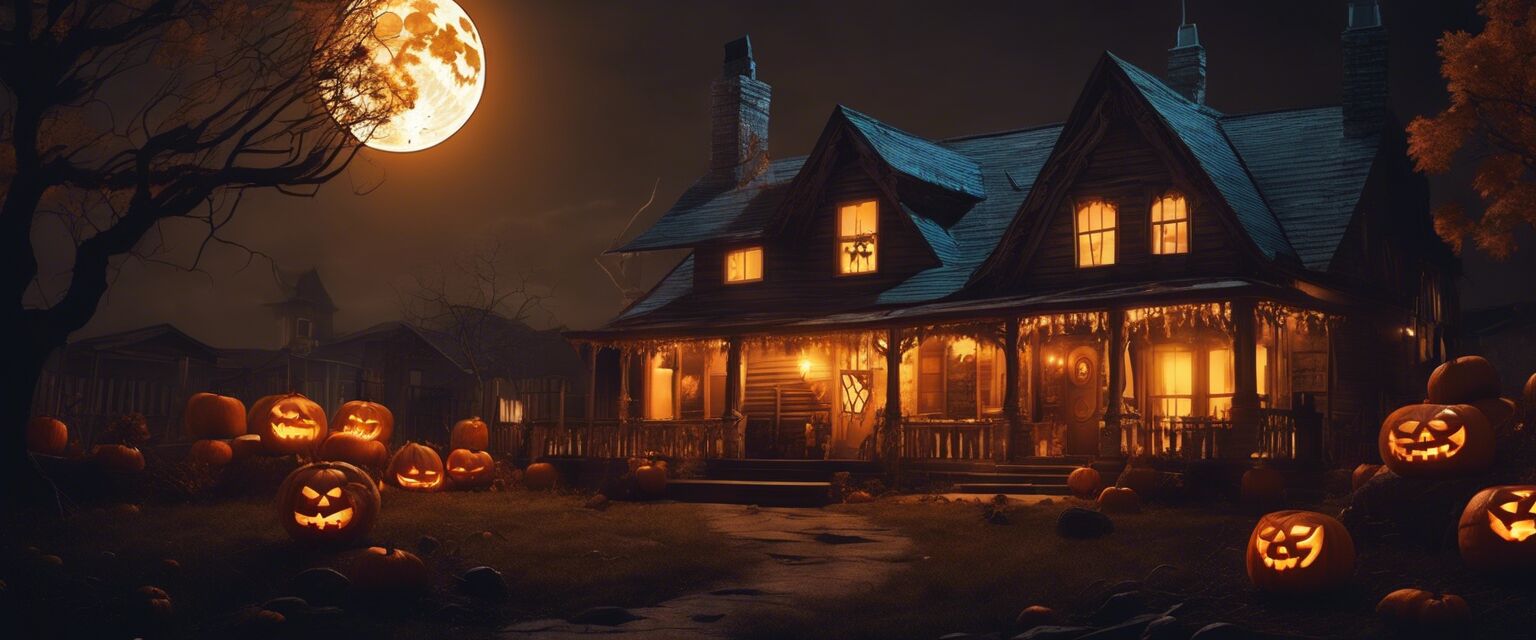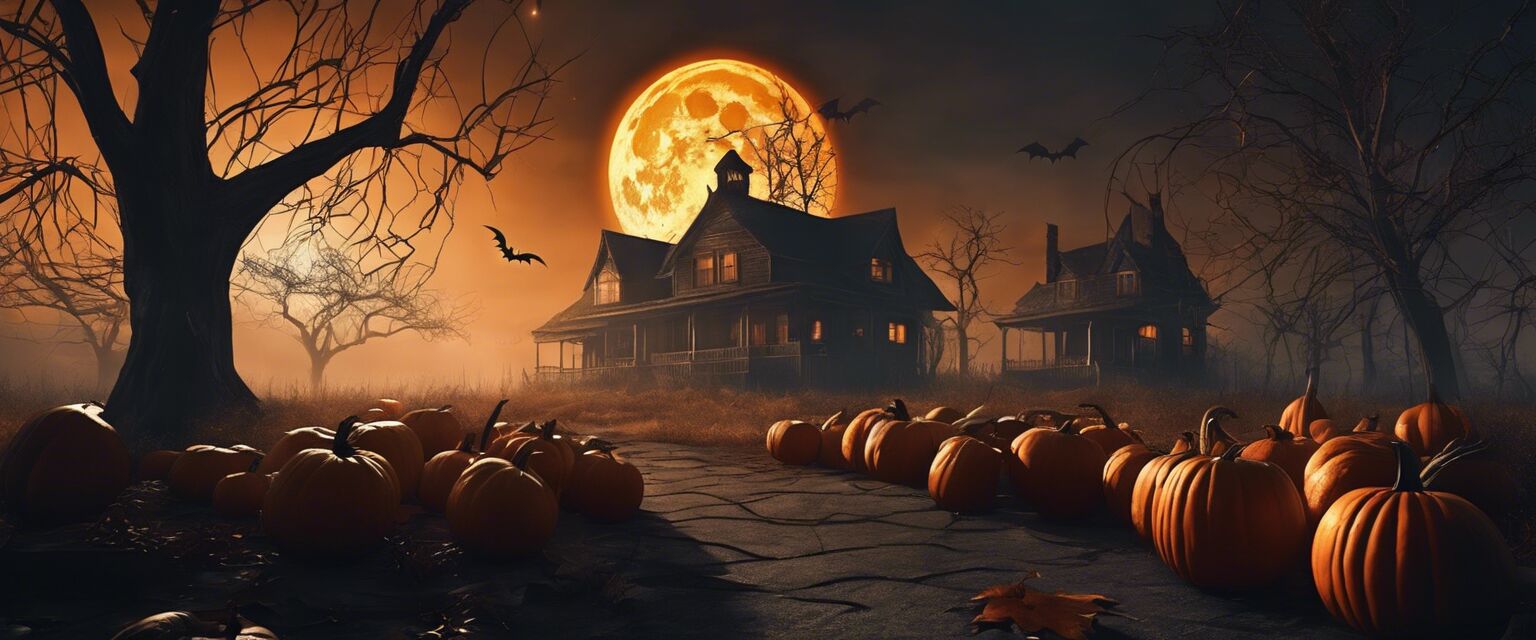
History of Halloween
Key Takeaways
- Halloween has roots in ancient Celtic and Roman traditions.
- The modern celebration incorporates various customs from many cultures.
- Trick-or-treating and costumes have evolved significantly over time.
- The holiday serves both as a celebration of the harvest and a time to remember the dead.
Halloween, celebrated on October 31, is a holiday that captivates the imagination with its spooky themes, festive costumes, and rich history. From ancient rituals to modern-day festivities, Halloween has undergone a profound transformation, intertwining various cultural symbols and practices over the centuries. In this article, we explore the origins, evolution, and cultural significance of Halloween through the ages.
Origins of Halloween
The origins of Halloween trace back over 2,000 years to the ancient Celtic festival of Samhain. This festival marked the end of the harvest season and the beginning of winter, which was often associated with darkness and death. The Celts believed that on the night of October 31, the boundary between the living and the dead was blurred, and the spirits of the deceased would return to earth.
| Year | Event |
|---|---|
| 1000 BC | Ancient Celtic Samhain festival celebrated. |
| 43 AD | Romans conquer Celtic territories, introducing their customs. |
| 7th Century | Christian church establishes All Saints' Day on November 1. |
| 1800s | Halloween begins to take shape in North America. |
The impact of the Romans
After the Romans invaded Celtic territories, they combined their own traditions with Samhain. Two Roman festivals, Feralia (which commemorated the passing of the dead) and Pomona (the goddess of fruit and trees), were incorporated into the celebrations, further evolving the holiday.
Halloween in the Middle Ages
The Christian influence grew stronger in the Middle Ages, particularly with the establishment of All Hallows' Eve, which eventually became Halloween. The church sought to replace the pagan festival with a Christian one. This era saw the rise of customs such as âsouling,â where the poor would go door-to-door asking for food in exchange for prayers for the dead.

Celebration of All Souls' Day
All Souls' Day on November 2 was also a significant custom during the Middle Ages, where communities would honor their deceased loved ones through offerings and prayers. The merging of these traditions laid the groundwork for contemporary Halloween celebrations.
Modern Halloween Traditions
As Halloween moved into the 20th century, particularly in the United States, it transformed into the vibrant and somewhat commercial holiday we know today. Many traditions from different cultures fused together, making Halloween a melting pot of activities and practices.
Trick-or-Treating
One of the most beloved customs today is trick-or-treating. This tradition likely roots back to the âsoulingâ practices and evolved over time as children began to dress in costumes and go door-to-door for candies.

Costumes and Decorations
Costumes have become a major component of Halloween celebrations. Initially, people would wear masks to ward off evil spirits. Today, costumes range from frightening to festive and are often inspired by popular culture. Decorating homes with spooky themes, Jack-o'-lanterns, and spooky lighting has also become a major aspect of the celebration.
| Tradition | Origin | Modern Adaptation |
|---|---|---|
| Trick-or-Treating | Souling in Middle Ages | Children dressing up and collecting candy |
| Costume Wearing | Samhain rituals | Wide variety of costumes from spooky to trendy |
| Jack-o'-Lanterns | Irish folklore with turnips | Pumpkins carved with various faces |
| Decorating | Harvest festivals | Spooky decor for homes and public areas |
Cultural Significance
Halloween serves several purposes beyond its recreational aspects. It is a time for communities to come together in celebration. From festivals to haunted houses, the holiday creates a sense of belonging and allows for creative expressions. Additionally, it acts as a reminder of the cycle of life and death, giving people an opportunity to reflect on their own mortality and cultural heritage.
Pros
- Brings communities together through local events.
- Encourages creativity through costumes and decorations.
- Provides historical context and appreciation for cultures.
Cons
- Commercialization may overshadow traditional aspects.
- Safety concerns regarding trick-or-treating.
- Pressure to spend on costumes and decorations.
Conclusion
Halloween, rooted in ancient traditions and transformed through centuries, is now a multifaceted celebration cherished by many. By exploring the history of Halloween, we not only appreciate its traditions but also embrace the diverse cultural influences that contribute to its essence. Whether you are donning a costume or carving a pumpkin, remember that Halloween is a time to celebrate life, creativity, and community.
Tips for Celebrating Halloween
- Try your hand at homemade decorations to add a personal touch.
- Create themed costumes with family or friends for a fun group activity.
- Participate in local Halloween festivals to engage with your community.
Explore More
Check out our related pages to learn more about Halloween:
